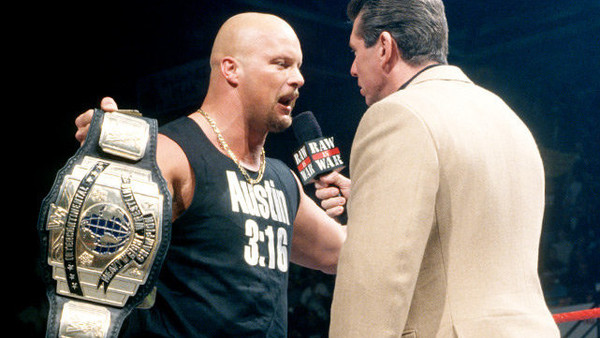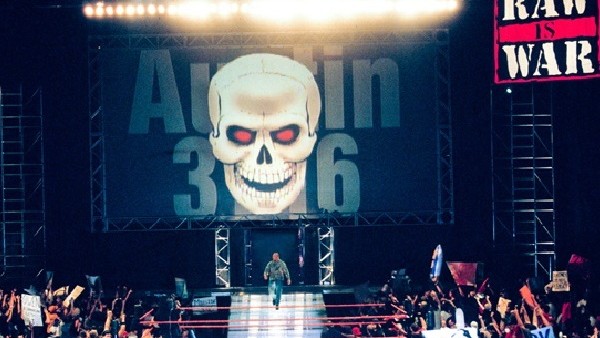10 Notable Changes Made To WWE Raw In 1997
1997 was a pivotal year in the show's history.

To have been a then-WWF fan of some time going into March 1997, you simply could not have been prepared for what was to come.
The hackneyed Monday Night Raw formula that had been a product of stale and misguided creative for much of the show's run (more in part due to the company's problems at large) was about to change forever.
Any WWF fan of the period can tell you exactly how fresh the new-look Raw felt, how bold and how startling all of the imagery and changes were.
Forget today's misleading "New Era" phrase that is bandied about as though it actually means anything - the WWF broke more new ground in 1997 than every archaeologist on the planet, living or dead, ever had, and it was most evident through the show that would become known as "Raw is War".
While WWF would fail to regain the lead in the Monday Night Wars until the spring of 1998, the groundwork was laid with the revolutionary two-hour show on Monday evenings, providing plenty of Tuesday chatter among excited viewers.
But to do that, the show needed to break free from its tired tropes, and instead forge a new mantel based on concepts, both visual and creative, that would make Raw is War into something authentically new.
10. The Titantron

Certainly beat the giant magenta R-A-W prop stand-ups that dotted the entrance way in terms of aesthetics.
Not only did the giant video screen provide a look into the seedy backstage underbelly of the superstars at their most vigilant, conniving, and scheming, but the Titantron also gave way to elementary versions of entrance videos for every wrestler, none more amusing than Dude Love's green-screen dance video that would debut later in the year.
As a set-piece, it's taken for granted today as a standard part of any WWE broadcast, but once upon a time, its looming stature gave kind of an Orwellian feel to the scripted dystopia-like violence that Raw is War called for.
From its first use, Raw felt like an entirely new show.